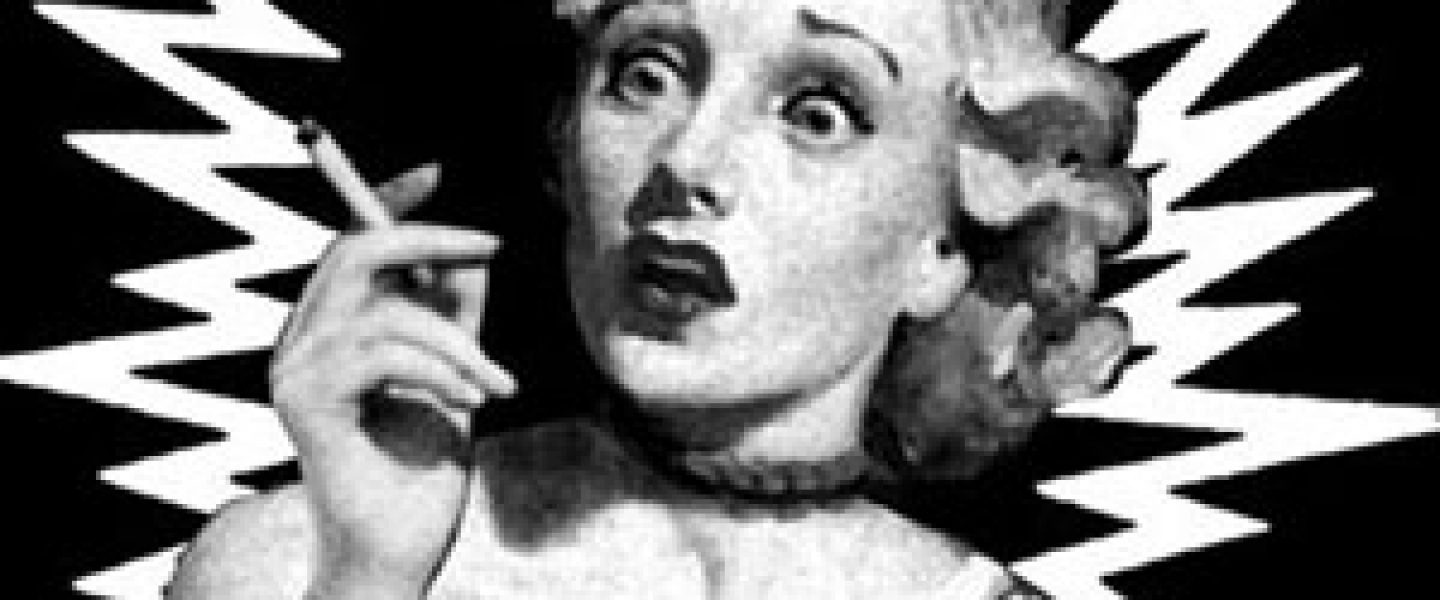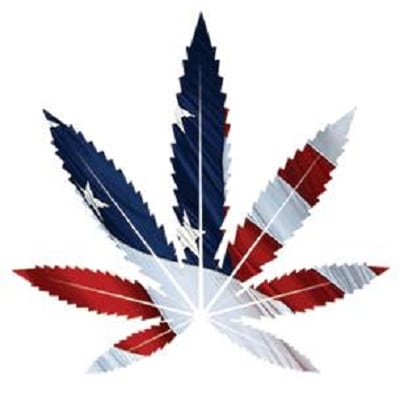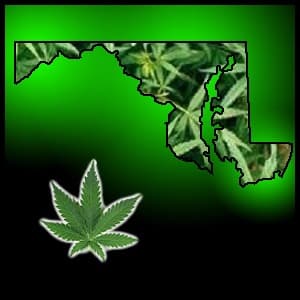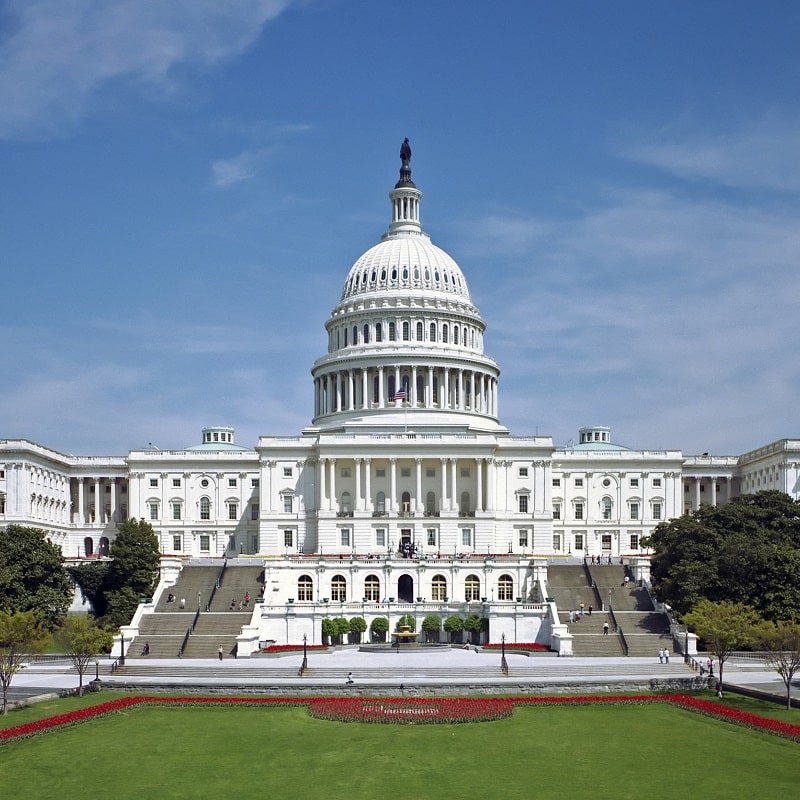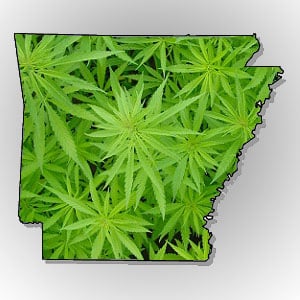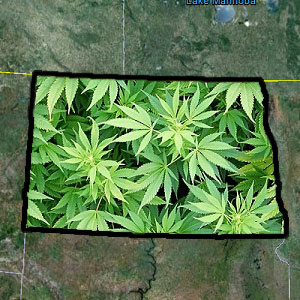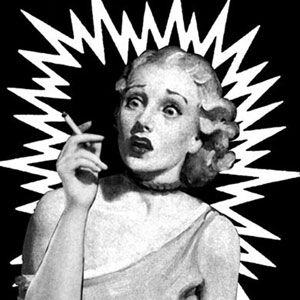 According To A Recent Study Medical Marijuana Programs Do Not Result In Increased Teen Drug Use
According To A Recent Study Medical Marijuana Programs Do Not Result In Increased Teen Drug Use
While marijuana use by teens has been increasing since 2005, an analysis of data from 1993 through 2009 by economists at three universities has found no evidence to link the legalization of medical marijuana to increased use of the drug among high school students.
“There is anecdotal evidence that medical marijuana is finding its way into the hands of teenagers, but there’s no statistical evidence that legalization increases the probability of use,” said Daniel I. Rees, a professor of economics at the University of Colorado Denver.
Rees co-authored the study with Benjamin Hansen, assistant professor of economics at the University of Oregon and D. Mark Anderson, assistant professor of economics at Montana State University.
They examined the relationship between the legalization of medical marijuana and marijuana consumption using nationally representative data on high school studentsfrom the Youth Risky Behavior Survey (YRBS) for the years 1993 through 2009, a period when 13 states, including Alaska, California, Colorado, Hawaii, Maine, Nevada, Oregon and Washington, legalized medical marijuana. Seventeen states and the District of Columbia now have such laws with legislation pending in seven others.
“This result is important given that the federal government has recently intensified its efforts to close medical marijuana dispensaries,” said Hansen, who studies risky behaviors of adolescents and adults. “In fact, the data often showed a negative relationship between legalization and marijuana use.”
Federal officials, including the Director of the Office of National Drug Control Policy, argue that the legalization of medical marijuana has contributed to the recent increase in marijuana use among teens in the United States and have targeted dispensaries operating within 1,000 feet of schools, parks and playgrounds.
According to the 2011 report “Monitoring the Future National Results on Adolescent Drug Use,” prepared annually by the University of Michigan Institute for Social Research, marijuana use by 10th and 12th graders has risen in the last three years, with roughly one in 15 high school seniors smoking marijuana daily or near-daily. The report, cited in the economists’ study, surveyed 46,700 students in the eighth, 10th and 12th grades, in 400 secondary schools.
The new study “Medical Marijuana Laws and Teen Marijuana Use” currently is a non-peer-reviewed working paper made available by the Institute for the Study of Labor (IZA), a private, non-profit independent research institute based in Bonn, Germany, that conducts internationally oriented labor market research. The paper is available online at https://www.iza.org/en/webcontent/publications/papers/viewAbstract?dp_id=6592.
Researchers examined the relationship between legalization and a variety of outcomes including: marijuana use at school, whether the respondent was offered drugs on school property, alcohol use, and cocaine use. Their results provided no evidence that legalization led to increases in the use of marijuana at school, the likelihood of being offered drugs on school property, or the use of other substances.
In addition to using the national YRBS, the researchers drew on state YRBS data for the period 1993 through 2009 and data from the National Longitudinal Survey of Youth 1997 (NLSY97). None of these sources provided evidence that teenage marijuana use increases with the legalization of medical marijuana.
The YRBS and NLSY97 contain information on self-reported marijuana use. The researchers also analyzed the Treatment Episode Data Set (TEDS), which contains information on whether patients at federally funded drug treatment facilities tested positive for marijuana upon admission. The results suggested that legalization of medical marijuana was unrelated to the likelihood that patients ages 15-20 tested positive for marijuana.
“We are confident that marijuana use by teenagers does not increase when a state legalizes medical marijuana,” said Montana State’s Anderson, who studies health economics, risky behavior and crime.
Provided by University of Colorado Denver via MedicalExpress.Com


